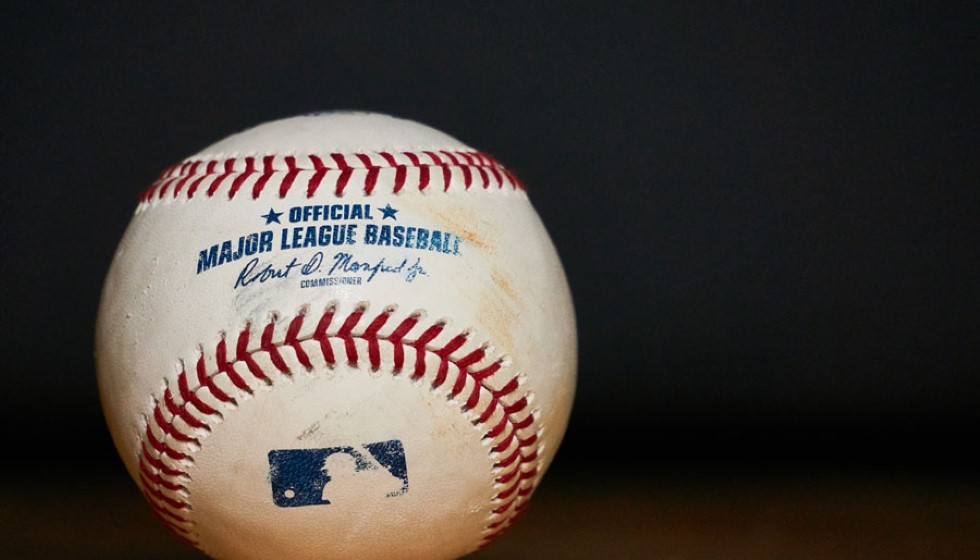
The 2023 Major League Baseball (MLB) season has been marred by a worrying trend: a notable upsurge in pitcher injuries, predominantly those related to torn elbow ligaments. This phenomenon has reignited debates around the safety protocols and practices within the sport, especially given the high-profile nature of some of the players affected.
Rising Injuries Among Pitchers
Notably, Eury Pérez and Shane Bieber, two of baseball's brightest pitching talents, have had their seasons cut short due to torn elbow ligaments. They're not alone in their misfortune; Jonathan Loáisiga and Spencer Strider are also out for the rest of the season following elbow surgeries. Adding to the list, Framber Valdez recently missed a start because of elbow soreness, highlighting a broader trend of injuries that has plagued pitchers across the league.
This issue is underscored by a startling statistic: 34.2% of MLB pitchers have undergone Tommy John surgery—a procedure to repair a torn ulnar collateral ligament in the elbow. Furthermore, an unprecedented 132 pitchers found themselves on the injured list on Opening Day, accounting for 80% of all such list assignments.
Factors Contributing to the Injury Spike
The introduction of the pitch clock has been a point of contention, with Tony Clark, the head of the MLB Players Association, attributing the rise in injuries to its implementation. Conversely, MLB officials have presented a study suggesting there's no correlation between the pitch clock and an increased risk of injuries.
A critical look at the situation reveals several potential contributors to this spike in injuries. Firstly, pitchers are throwing harder than ever before, undoubtedly putting more strain on their arms. Secondly, the league's crackdown on the use of foreign substances, which pitchers have historically used to gain better grip control, could be contributing to the problem.
Moreover, the cultivation of pitchers from a young age to prioritize velocity and early specialization in pitching is being scrutinized as a potential root cause. This practice, often starting in youth baseball, might be setting the stage for injuries that manifest later in their professional careers.
Adding another layer to the debate, MLB's decision to reduce the pitch clock length has faced criticism from the players' union. This change, they argue, has heightened the risk of injuries by pushing pitchers to deliver at a quicker, potentially unsustainable pace.
Strategies and Safety Measures
The current pitching strategy in MLB, which emphasizes maximum effort from pitchers, seems to be a double-edged sword. It's challenging to ask athletes to dial back their effort, especially when their abilities, such as throwing at speeds of 100 mph, can be so influential in the game. Yet, there is a growing consensus that something within the sport's approach needs to evolve.
The impact of these strategies is being debated intensely among professionals in the sports community. "Despite unanimous player opposition and significant concerns regarding health and safety, the Commissioner's Office reduced the length of the pitch clock last December, just one season removed from imposing the most significant rule change in decades," one statement from the players' union highlighted. This remark underscores the tension between the efforts to speed up the game and the necessity to ensure player safety.
The sentiment around the league suggests a need for a nuanced balance. "It's a double-edged sword," as one commentator put it, summarizing the dilemma faced by the sport. The challenge lies in leveraging the talents of pitchers effectively while instituting measures that protect them from the injuries that currently plague the league at an alarming rate. "How can you tell somebody not to utilize their full capabilities, especially when they can throw 100 mph? Yet, something needs to change," reflects the broader sentiment that prevails.
Looking Ahead
As the 2023 MLB season progresses with these issues at the forefront, it is clear that a reevaluation of pitching strategies is necessary. The safety and careers of talented players are at stake, pushing the league, the players' association, and the broader professional sports community to seek effective solutions. Protecting the health of players while maintaining the competitive integrity and appeal of baseball is a complex challenge that requires a multifaceted approach, involving adjustments to training, gameplay strategies, and possibly even the rules of the game itself.
The rising tide of injuries among pitchers in MLB sounds an alarm that can't be ignored. Addressing it demands urgent action and collaborative effort to ensure the long-term health and performance of baseball's most valuable assets—its players.